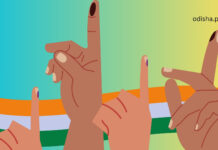Sutanu Guru
P. Chidambaram was Union Minister of Home (State) when Rajiv Gandhi was the Prime Minister. He was Union Minister of Commerce when P. V. Narashima Rao was Prime Minister. He was Union Finance Minister when H. D. Deve Gowda and I. K. Gujral were prime ministers; and he was Union Finance and Home Minister when Dr. Manmohan Singh was Prime Minister. In the event, it is natural for the media to give importance to his statements.
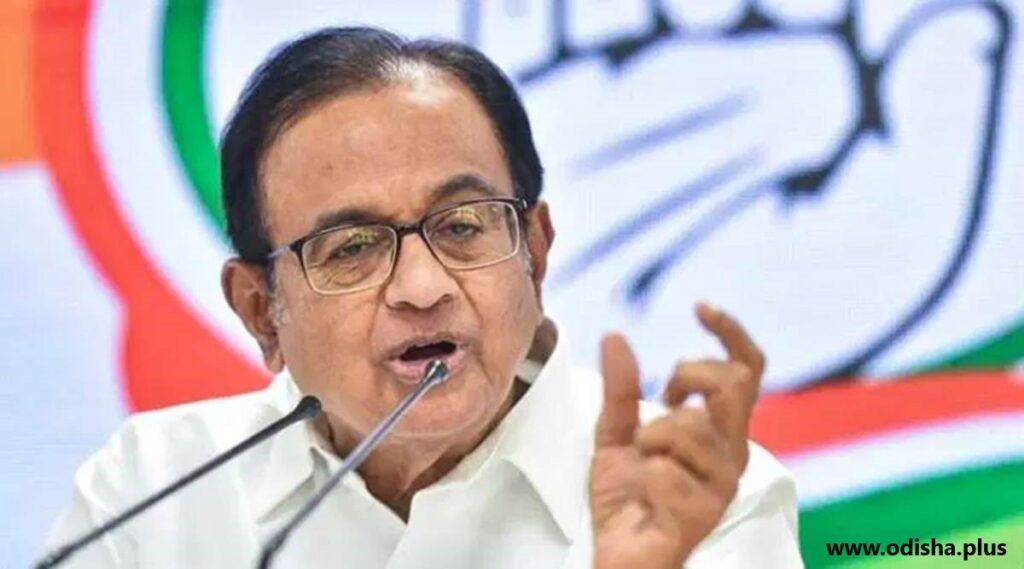
Not surprisingly, his recent remark that opposition parties could possibly field joint candidates against the BJP in as many as 450 Lok Sabha seats in 2024 triggered a lot of debate, and hope among those who don’t want Narendra Modi to be the Prime Minister for a third term after the 2024 elections.
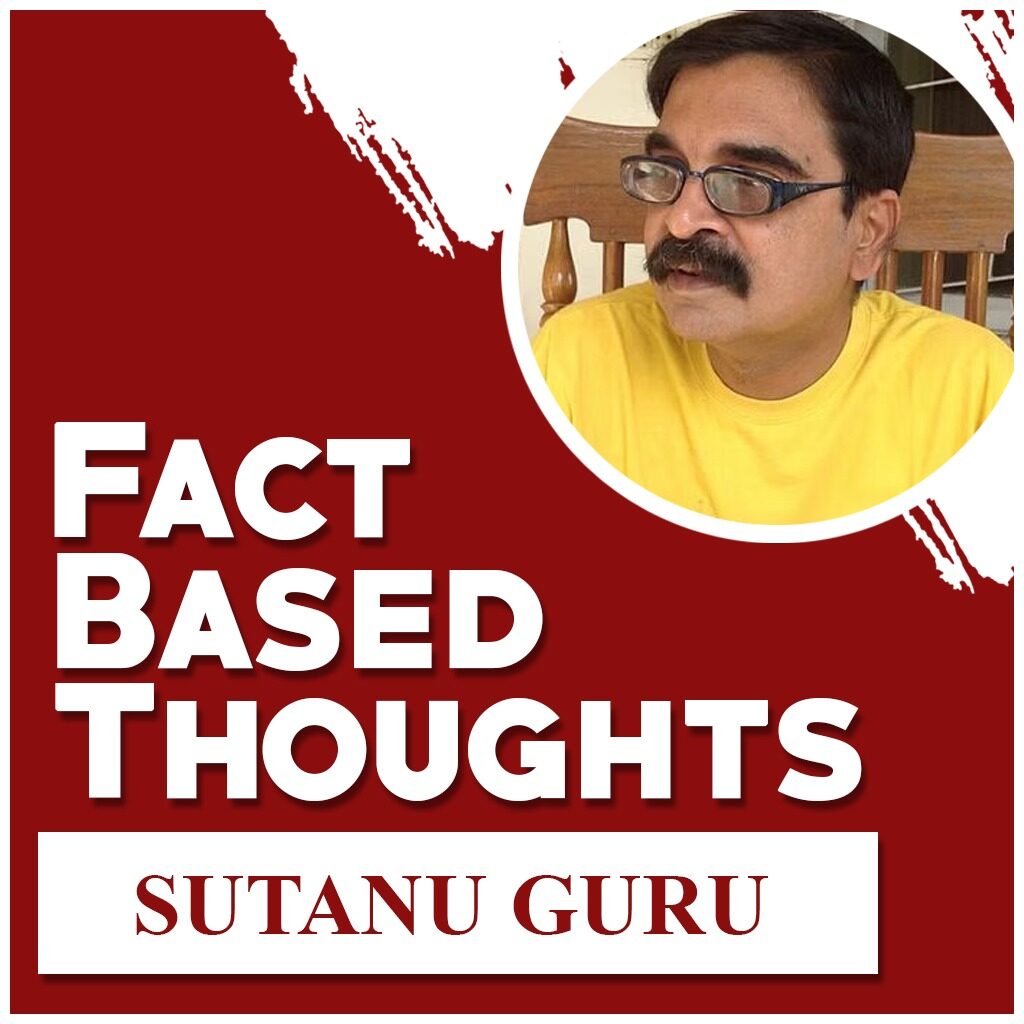
Some enthusiastic supporters of opposition unity suggest that a repeat of 2004 is possible with Rahul Gandhi taking the Congress to about 150 seats. I have already written about the slim chances of this in this portal.
Some even more enthusiastic supporters suggest that a 1977 scenario is possible when disparate parties and leaders with differing ideologies and agendas come together to “save democracy”. Since anything is possible in politics, one cannot dismiss such scenarios out of hand.
Yet, the 450 joint candidates’ scenario does appear to be a fantasy. Let us first look at about 110 to 120 seats where opposition unity and joint candidates are irrelevant as the BJP is a marginal player.
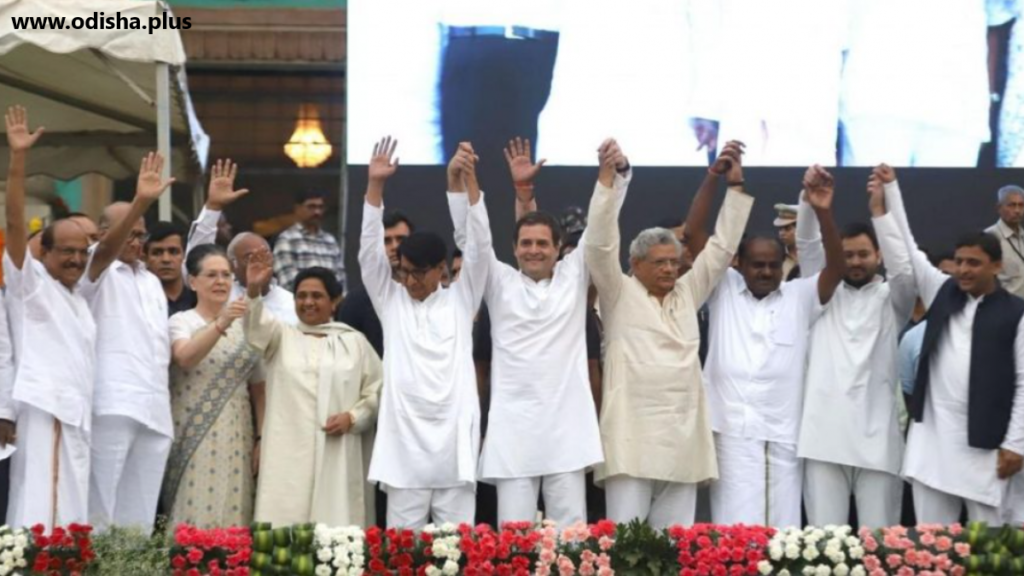
I am talking about 20 seats in Kerala, 40 seats in Tamil Nadu & Pudduchery, 42 seats in Andhra & Telangana and 13 seats in Punjab. Out of these 115 seats, the BJP wold be extremely lucky to win even 10 seats. Since the Lok Sabha has 543 elected members, the joint candidate theory goes out of the window in 115 seats, leaving 428 seats in play. Right away, the number 450 appears to be silly.
Let us for a moment think that the personal charisma of Narendra Modi and the formidable electoral machinery of the BJP make the party a serious contenders in these 115 seats.
Joint candidates against it would mean the CPI(M) and the Congress become allies in Kerala, DMK, AIDMK, Congress and other smaller Dravidian parties become allies in Tamil Nadu, YSR Congress, Telugu Desam and Congress become allies in Andhra, BRS and Congress become allies in Telangana and Akali Dal, Congress and AAP become allies in Punjab. Anyone with common sense would derisively dismiss the possibility of such alliances.
More importantly, the virtual impossibility of such permutations and combinations show how difficult joint candidates will be in the remaining 428 seats. Joint candidates are theoretically possible in Karnataka (28 seats), Maharashtra (48 seats), Gujarat (26 seats), Odisha (21 seats), West Bengal (42 seats), Jharkhand (14 seats), Bihar (40 seats), Assam (14 seats), Uttar Pradesh (80 seats), Delhi (7 seats) and erstwhile Jammu & Kashmir (6 seats). Theoretically, the opposition can put up joint candidates against the BJP in these 312 seats.
If that does happen, there is no doubt that the BJP could be in serious trouble. But how realistic are the chances of that happening? Look at Delhi with 7 seats. Will AAP and Congress forge a pre-poll alliance? Will they do the same in Gujarat with 26 seats?
Who will fight how many seats? The sheer absurdity of the “joint candidates” theory becomes obvious right here. Or let us go to West Bengal. Will the TMC, Congress and CPI(M) forge a pre-poll alliance in the state? How many seats out of 42 will Mamata Banerjee with her own prime ministerial ambitions sacrifice in Bengal to “save democracy”.
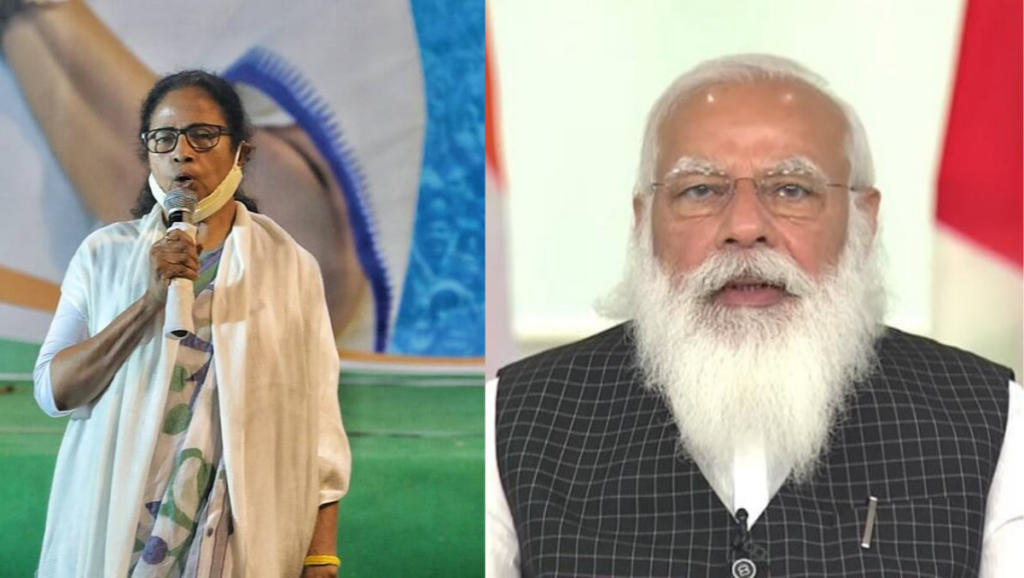
For that matter, how many seats do you think Naveen Patnaik will let the BJD give up if joint candidates of BJD and Congress are to be fielded against the BJP in Odisha? Or, how realistic are the chances of Omar Abdullah, Mehbooba Mufti and Rahul Gandhi coming together in erstwhile J&K to deny the BJP 66 seats from the state? The more you look at the hard numbers, the more you begin to realise that Congress leader P. Chidambaram was possibly indulging in fantasies.
Don’t forget. Alliances and joint candidates have been attempted in 2019. The most significant one was the pre-poll alliance between the BSP (Mayawati) and SP (Akhilesh Yadav) in Uttar Pradesh. Many Modi critics were jumping with joy, claiming the alliance will decimate the BJP in Uttar Pradesh and deny Narendra Modi a second term.
In the event, the BJP tally in the state dropped from 71 in 2014 to 63 in 2019. The leaders became allies; but their grassroots supporters were not convinced. Something similar could be brewing in Maharashtra. Let s presume for a moment that Uddhav Thackeray, Sharad Pawar and Rahul Gandhi manage to agree on a pre-poll seat arrangement. Will the average Shiv Sena voter who has grown up with a visceral dislike of the Congress and NCP seamlessly transfer her vote to them just because Uddhav Thackeray says so?
Such fantasies will not defeat the BJP at the national level. The only way the BJP can lose is if extreme discomfort and worry about rising prices and lack of decent jobs transforms into public anger against the Modi regime. I can sense acute discomfort and worry, but not anger. Not yet, at least.
(Author has been a media professional for over 3 decades. He is now Executive Director, C Voter Foundation. Views are Personal)

